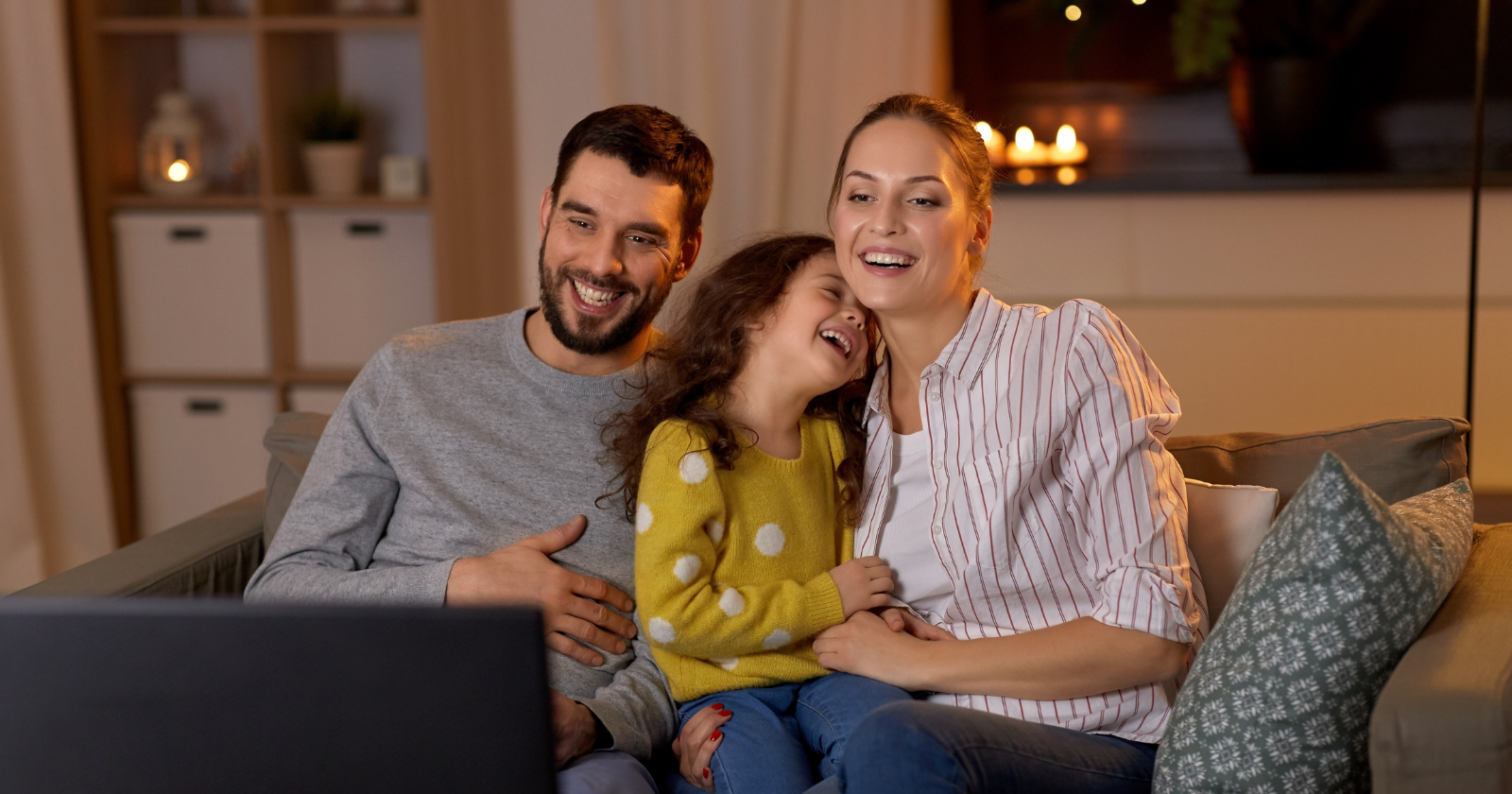Let’s be honest: parenting is evolving faster than ever.
What felt radical twenty years ago is now the norm for millennial parents raising Gen Alpha kids.
And sometimes, that means the things we’re teaching our kids make our own parents—or our in-laws—tilt their heads in disbelief.
I’ve seen it happen more than once: Greta says something confidently about her “feelings,” or Emil declines a hug and I calmly say, “That’s okay, you don’t have to.”
The room goes quiet. My mother-in-law blinks twice. And I can almost hear her thinking, What happened to respect?
The truth is, millennial parents aren’t trying to rebel. We’re trying to raise emotionally intelligent, kind, capable humans in a world that looks very different from the one we grew up in.
And while our approach might make the Boomers cringe a little, it’s usually grounded in research, empathy, and—let’s be honest—trial and error between snack times and Zoom calls.
Let’s get into it. Here are seven things we’re teaching our kids today that often horrify (and occasionally amuse) Boomer grandparents.
1) Feelings are not “bad behavior”
Remember being told, “Stop crying or I’ll give you something to cry about”? Yeah, that phrase has retired in our generation.
Millennial parents are much more likely to see emotions as messages, not misbehavior.
When Greta gets overwhelmed and melts down, my first thought isn’t punishment—it’s curiosity. What’s really going on here? Maybe she’s tired, overstimulated, or needs a snack (honestly, same).
This approach isn’t about letting kids “get away” with things; it’s about helping them understand their emotions so they can regulate themselves later on.
As Vironika Tugaleva once said, “Emotions are not problems to be solved—they are experiences to be understood.”
Boomer grandparents sometimes see this as coddling. But what they’re missing is that emotional regulation starts with acknowledgment, not suppression.
2) Boundaries are healthy—even with family
Here’s a big one. When Greta politely says, “No thank you,” to a kiss from a relative, she’s not being rude. She’s practicing consent.
For many Boomers, the idea that a child could decline physical affection feels disrespectful.
But we’re teaching kids that their bodies belong to them—a lesson that builds confidence, safety, and self-respect.
- If your adult kids blame you for every problem they have, these 8 truths will set you free - Global English Editing
- Psychology says people who stay mentally strong in their 70s and beyond share these 8 small routines - Global English Editing
- If these 7 “little things” still bring you genuine joy, you’ve figured out something about aging that most people never will - Global English Editing
I’ve had family moments where someone looks genuinely offended that Emil wriggled out of a hug. I just smile and say, “He’s saying no, and that’s okay.”
And yes, it’s awkward for a second. But long-term? I’d rather raise a child who knows how to assert boundaries than one who hugs out of obligation.
The goal isn’t to alienate grandparents—it’s to show kids they have a voice, even in loving families.
3) Apologies go both ways
Boomers grew up in an era where parents rarely apologized to children. Admitting you were wrong was seen as weak. But millennial parents see it differently: apologizing models accountability.
When I snap after a long day and later tell Greta, “I shouldn’t have raised my voice—that wasn’t fair to you,” she doesn’t lose respect for me.
She learns that even grown-ups mess up—and that what matters is owning it.
It’s uncomfortable for some grandparents to watch. “You don’t have to apologize to her,” I’ve been told more than once. But I do.
Because I want my kids to know that love isn’t about perfection—it’s about repair.
And repair teaches more about character than any lecture ever could.
4) Screens are tools, not the enemy

Let’s just say no generation has been more judged for their kids’ screen time than ours.
Boomer grandparents often equate tablets with trouble. But for millennial parents juggling work-from-home life, structured screen time is part of the routine—not the apocalypse.
In our house, screens have clear boundaries: no devices at meals, no endless YouTube loops, and no screens before school. But they’re also incredibly useful.
Greta practices reading on an app that adjusts to her level, and Emil learns colors and animal sounds from short clips I curate myself.
Technology is the world our kids are growing up in. Teaching them how to use it responsibly feels a lot more useful than pretending it doesn’t exist.
And when I need twenty minutes to finish a project, a calm toddler watching Bluey so I can meet a deadline? That’s balance, not failure.
5) Gentle parenting doesn’t mean “no discipline”
If there’s one phrase that really makes grandparents’ eyebrows shoot up, it’s “gentle parenting.”
They hear gentle and assume permissive. But the reality is quite the opposite. Gentle parenting is about boundaries, consistency, and connection—not bribery or chaos.
When Emil refuses to put on his shoes, I don’t yell. I also don’t cave. I get down to his level, acknowledge the feeling (“You don’t want to stop playing”), and restate the limit (“We still need shoes to go outside”).
Yes, it takes longer. But it builds cooperation instead of fear.
This kind of parenting looks foreign to those raised on the phrase “Because I said so.” But it’s surprisingly effective, especially for kids who thrive on feeling understood.
6) Gender roles? We don’t do those here
My husband, Lukas, makes breakfast most weekends. I handle finances and home logistics. The kids see both of us fold laundry, schedule appointments, and comfort them after a fall.
To us, this division isn’t revolutionary—it’s just practical. But to some grandparents, it still raises eyebrows.
Boomer families often had clearer role lines: Mom managed the home, Dad “helped.”
But millennial parents tend to operate as teams. We share the invisible load because we’ve learned what happens when one person carries it all—it’s not sustainable.
The same goes for how we raise our kids. Greta loves soccer and art; Emil adores cooking and cars. We don’t label activities as “for boys” or “for girls.”
And when Greta insists her dinosaurs wear tutus? That’s just creativity.
Kids pick up what they see. When they see parents working side by side, they grow up expecting equality, not hierarchy.
7) Mental health is part of health
Here’s the final—and maybe most shocking—one for the older generation: we talk openly about mental health.
In Boomer households, therapy was often whispered about or avoided altogether. Emotions were “private matters.” But in millennial families, mental well-being is as normal as brushing your teeth.
We talk about feelings after hard days. We mention therapy casually (“Mom’s appointment is at two, we’ll walk to the park after”).
We teach words like “overwhelmed” and “worried,” so our kids have language for what’s happening inside.
Experts have been backing this shift for years. As the American Psychological Association notes, early conversations about emotional health help children “develop coping skills and reduce long-term anxiety risks.”
And no, this doesn’t mean we diagnose every mood swing. It just means we normalize taking care of the mind as much as the body.
Because someday, when our kids face their own stress or sadness, I want them to feel safe asking for help—not ashamed of needing it.
The bigger picture
Underneath all these shifts—whether it’s respecting boundaries, apologizing, or prioritizing mental health—is one core value: respect.
Not the old-fashioned “children should be seen and not heard” version, but mutual respect. The kind that recognizes kids as humans in progress, not projects to be controlled.
And honestly? That’s what I think unnerves some grandparents.
It’s not that they disapprove of empathy or equality; it’s that they were taught parenting looked a very specific way. Changing that script can feel like criticism of their own choices.
But as I often remind myself (usually after one of those slightly tense Sunday dinners), progress doesn’t mean rejection. It means evolution.
We’re keeping the best parts of how we were raised—hard work, responsibility, family loyalty—and layering on new skills our parents didn’t have the language or tools for.
Closing thoughts
The world our kids are growing up in isn’t the one we inherited. It’s louder, faster, and more connected than ever. So it makes sense that the way we raise them looks different too.
Yes, we talk about emotions. Yes, we set boundaries with love. Yes, we let them use screens, say no, and see us apologize.
Because the end goal isn’t obedience—it’s connection. It’s raising kids who are confident enough to think for themselves, kind enough to care about others, and strong enough to handle what life throws their way.
And if that horrifies a few grandparents along the way? Well, maybe that’s just the sound of progress.



